Introduction
The prevalence of perennial allergic rhinitis (PAR) is significant in the Japanese population. Oral H1 antihistamines have been efficacious in the management of AR. Newer non-sedating second generation H1 antihistamines have been recommended for AR in the current guidelines. Many European countries have approved bilastine, a novel, non-sedating, second-generation H1 antihistamine for symptomatic treatment of AR and urticaria. There are no studies conducted in the Japanese population.
Aim
This is the first study conducted to compare the efficacy and safety of bilastine 20 mg once daily with placebo and fexofenadine in Japanese patients with PAR.
Methods
Study design
- Randomized, multicenter, double-blind, placebo-controlled, parallel-group phase 3 study
- Patients aged 18 to 74 years diagnosed with 2-year or longer history of PAR
- Patients with a positive nasal provocation test with house dust disc and specific immunoglobulin E antibody tests to PAR allergens
- The cohort was randomized to receive bilastine 20 mg once daily or fexofenadine 60 mg twice daily or placebo for 2 weeks
- The nasal and ocular symptoms were recorded daily in the diaries
Endpoints
Primary Endpoints
- Mean change in total nasal symptom scores (TNSS) from baseline to week 2
- TNSS is the sum of individual scores for rhinorrhea, sneezing and nasal congestion and itching
Secondary Endpoints
- Total ocular symptom score (TOSS)
- Total symptom score (TSS)
- Instantaneous TNSS on day 1
- Quality of life (QoL) score
- Rhinoscopic findings
- Degree of patient satisfaction
Results
- Bilastine, fexofenadine and placebo groups comprised of 256, 254 and 255 patients respectively (n=765)
- Study was completed by 744 (97%)
- Efficacy analysis (FAS) included 747 and safety analysis (SA) included 764 patients
- The bilastine group had a significant decrease in the mean change in TNSS from baseline at week 2 (-0.98) as compared to placebo (-0.63); p=0.023
- There was no significant difference in the mean change in TNSS at week 2 between bilastine and fexofenadine groups
- However, mean change in TNSS from baseline on day 1 was significantly decreased by bilastine (-0.99) as compared to placebo (-0.28; p<0.001) or fexofenadine (-0.62; p=0.032)
- Instantaneous TNSS 1 hour after the first and before the second drug administration on day 1 improved in both the study groups (p<0.05)
- Mean change from baseline in the TOSS at day 1-3 and week 1 as well as mean change from baseline in TSS by day 1-3 were significantly greater with both the study drugs as compared to placebo
- The study drugs were well tolerated by the patients
- There were no significant differences in the rhinoscopic findings and QOL scores across all the 3 groups
Conclusion
- Treatment with bilastine 20 mg once daily for 2 weeks was effective and well tolerated by patients with perennial allergic rhinitis (PAR)
- Bilastine was associated with a rapid onset of action
Allergol Int. 2017 Jan;66(1):97-105. Doi: 10.1016/j.alit.2016.05.014.


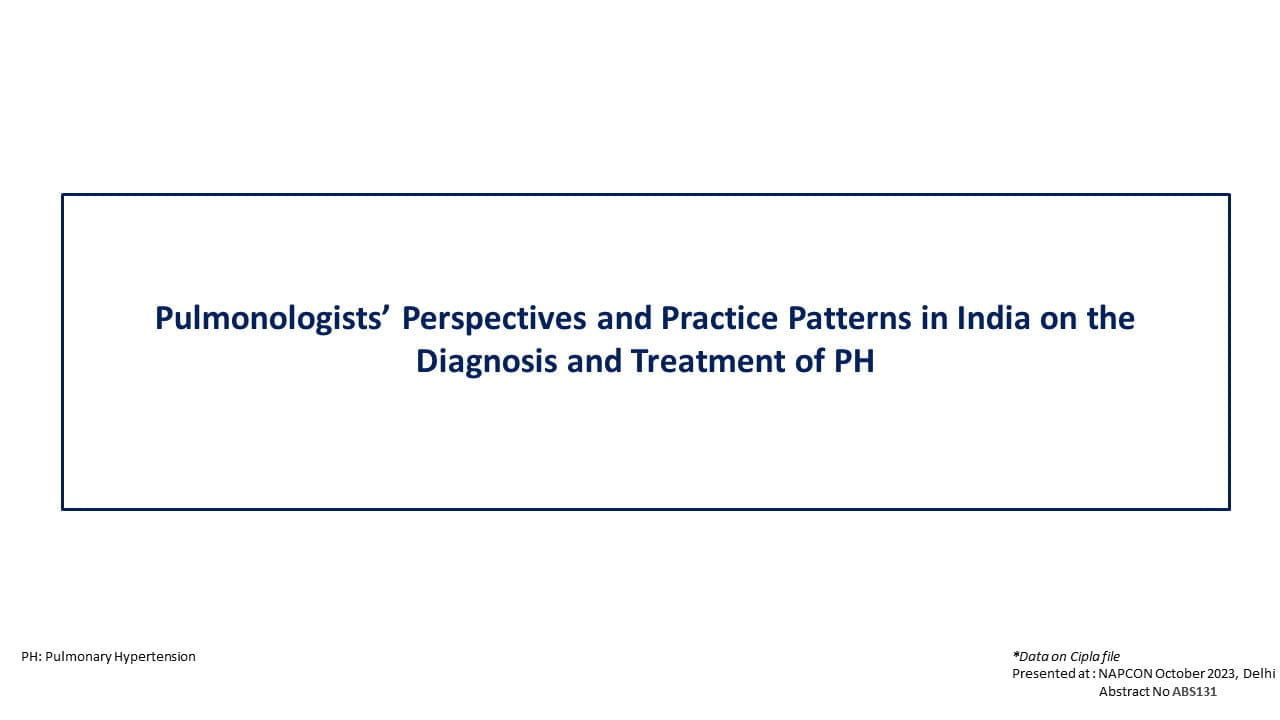
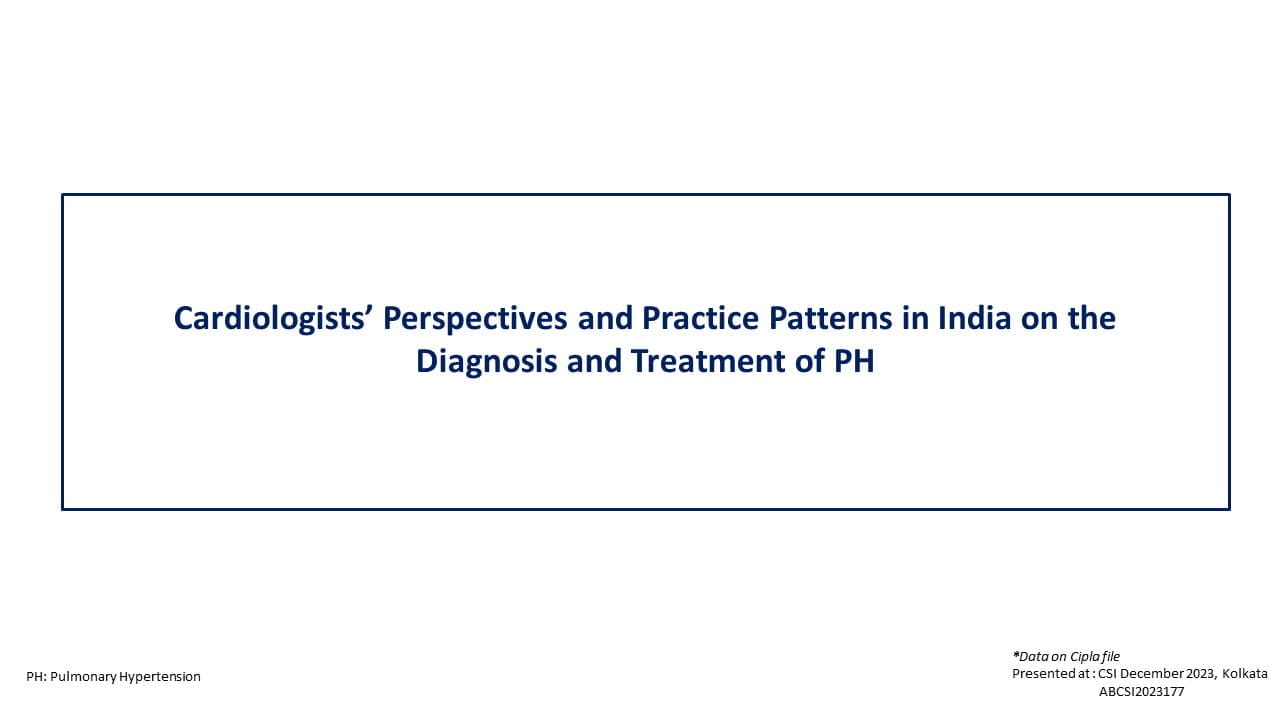
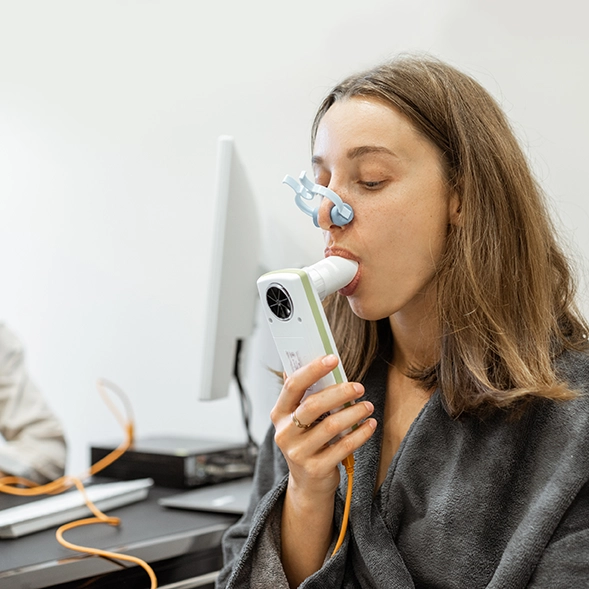

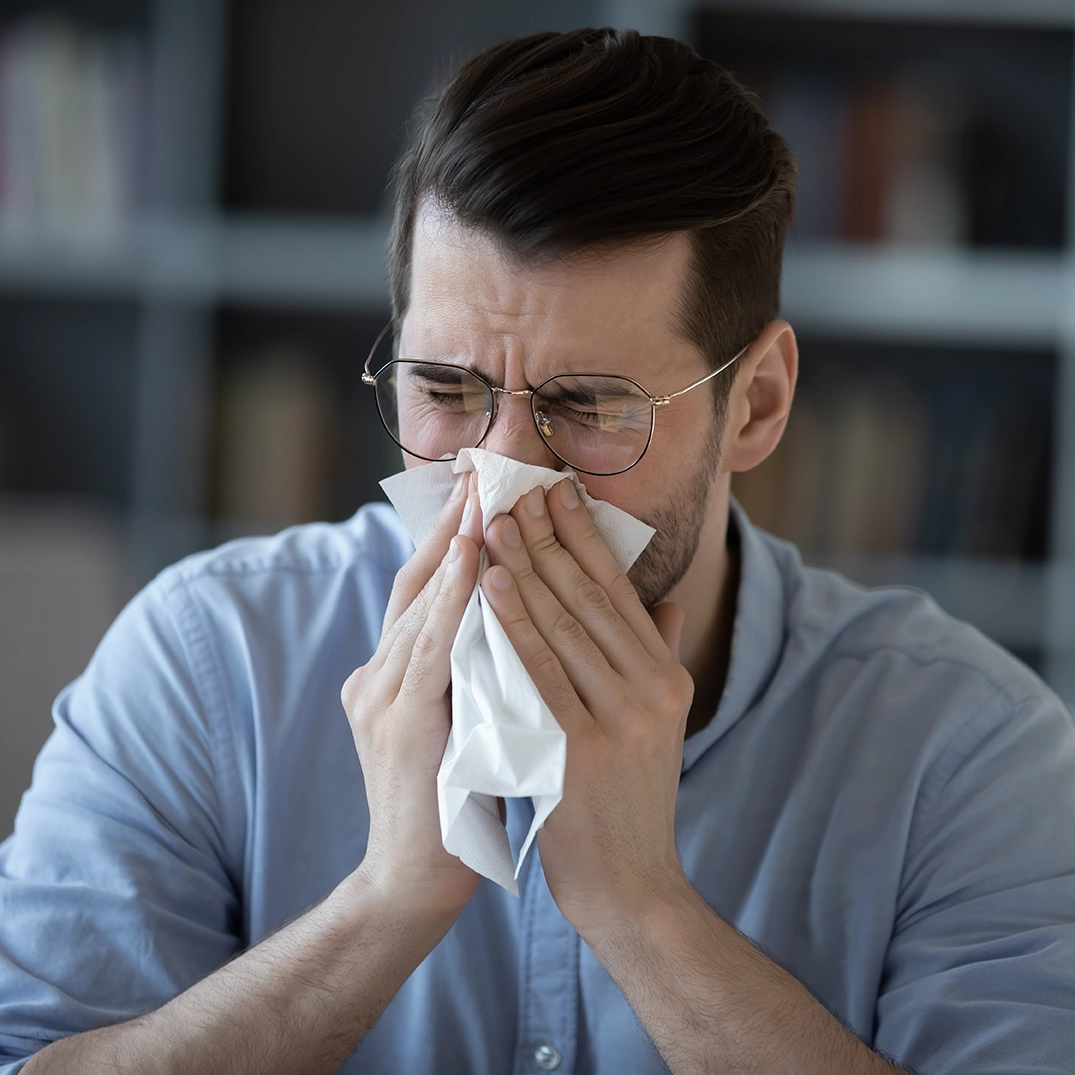
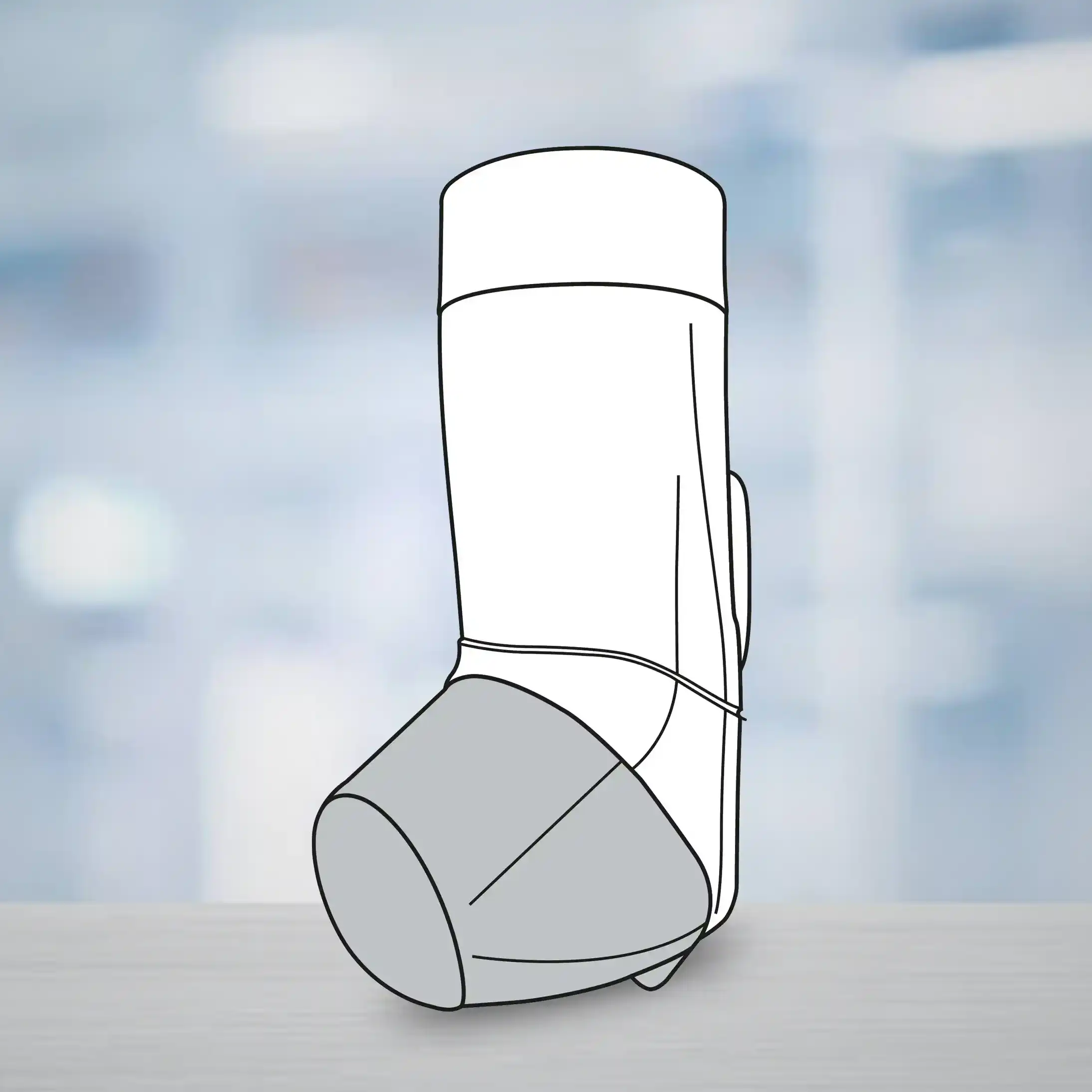


.webp?updated=20240527063817)